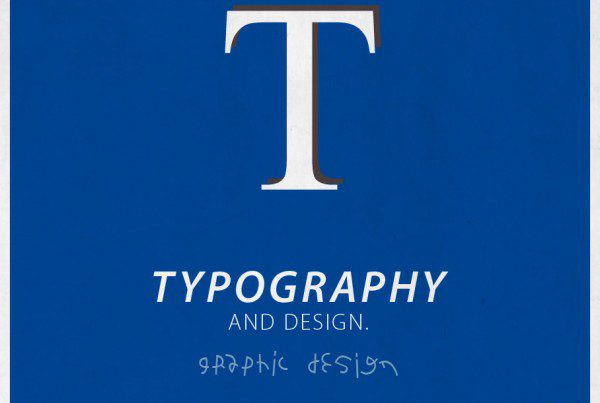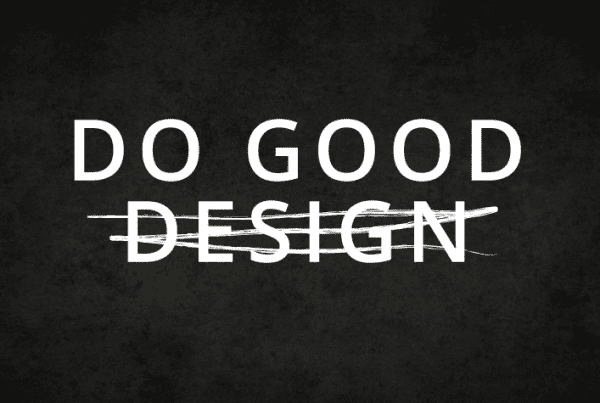What exactly is graphic design? Graphic design is the art or skill of combining text, symbols and images in any visual communication mediums to represent ideas and messages. Graphic design is a subset of visual communication and communication design.
Graphic designers are professionals who are equipped with relevant knowledge, computer and software skills to communicate the intended messages on the required mediums. In the present day context, graphic designers are also know as visual communicators. A graphic designer usually uses a combination of typography, visual and page layout techniques to create a final communication piece.
The typical use of graphic design includes brand identity (branding and logo design), print communication (flyer, leaflet, brochure, pamphlet, postcard, poster, newsletter, book and publication), digital communication (electronic direct mailer, electronic newsletter, electronic card, web graphics, web design and social media marketing), signage and packaging.
Semiotics
Semiotics is one of the most important elements in the graphic design process. Semiotics is the study of signs and symbols and their use or interpretation. Good graphic designers are capable of incorporating relevant signs and symbols to enhance an audience’s perception on the visual communication piece. Good semiotics skills will complement the written message and improve clarity. Have you ever tried reading an advertisement or visual piece? Have you ever tried interpreting the visual signs and symbols on them?
Composition
Composition is another significant element in graphic design. Composition means the placement or arrangement of visual elements like text, graphics or images in a visual piece. Arriving at the final composition of a communication piece is sometimes tricky. A graphic designer may have to change the placement of visual elements frequently before arriving at the final composition. They say designers are fickle. Well, they are probably right when it comes to this!
Typography
Typography is the art and technique of arranging type to make written language readable and aesthetically pleasing. Typography in graphic design can be a standalone element in a visual. There are ads that utilise solely words to communicate the intended message and these ads do not contain a single image or symbol in them. The kind of typeface, point size, format, leading and kerning of text in a visual, can evoke feelings and affect an audience’s experience with it. Typography plays a major part in designing a communication piece.
Colours
The use of colours is of great importance in graphic design. Colours can be applied to an other visual elements, changing it dramatically. Colours can evoke emotions and that’s why choosing a suitable colour theme is important. Having said that, colour in design is also subjective. What evokes one reaction in an audience may evoke a very different reaction in another. Colour perception is dependant on personal preference and cultural background.
Information Hierarchy
There is a need for information hierarchy in graphic design. Imagine a visual where every single element or piece of information are equally loud and competing for attention! Your eyes would have a hard time going through all the information! Good information hierarchy in graphic design will promote readability and improve an audience’s experience with the visual.



